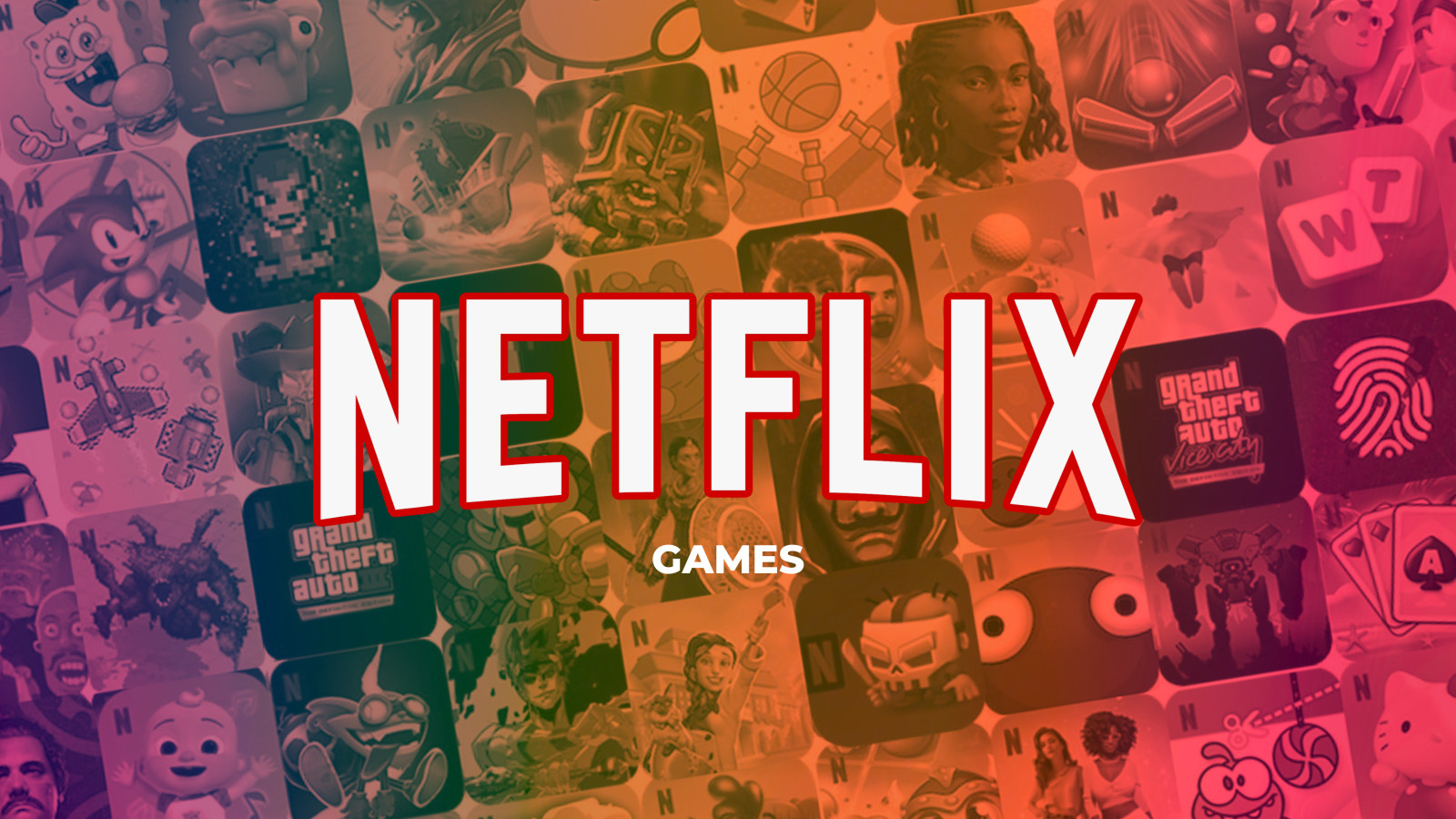Netflix ramps up games spending: A strategic bet on the future of streaming


During its Q2 FY2025 earnings call, Netflix Co-CEO Greg Peters announced plans to increase investment into its gaming division (via GameSpot). At first glance, this move may seem surprising, given the company’s rocky experience in the gaming space so far. However, the reinvestment signals Netflix’s forward-looking strategy and intention to stay competitive by evolving in an increasingly crowded and diverse entertainment landscape.
Netflix’s initial foray into gaming came in 2017 with a Stranger Things mobile tie-in game. In 2018, it introduced the interactive film Black Mirror: Bandersnatch. Since then, the company has gradually expanded its gaming efforts, formally hiring a VP of gaming and launching the Netflix games division in 2021.
Currently, the Netflix games library is a mix of Netflix original movie and TV show tie-in titles and games licensed from third-party developers and publishers. These games are accessible via the iOS or Android app stores using a Netflix account or directly through the Netflix app or website.
The second screen experience
The appeal of entering the gaming industry seems obvious: mobile gaming is both ubiquitous and highly monetisable. However, Netflix’s motivation goes beyond immediate revenue, as most of their games are free of in-app purchases. Instead, the company is aiming to counter the growing number of distractions competing for subscriber attention and wallet share. The push into gaming represents a broader strategy for increasing value: integrate the “second screen”, increase active user engagement, and create cross-media content loops that reinforce its entertainment ecosystem.
Part of this strategy is evolving with the second-screen experience – where users engage with multiple devices simultaneously – as opposed to fight it. Netflix is investing its presence in one form or another, on both screens at once.
Beyond that, a well-executed tie-in game has the potential to boost interest in original video-on-demand (VOD) content and vice versa. This synergistic relationship can enhance the value of both pieces of media, increase viewership of lagging content, and decrease viewer passivity when shows have interactive elements.
Featured Report
MIDiA Research 2026 predictions Change is the constant
Welcome to the 11th edition of MIDiA’s annual predictions report. The world has changed a lot since our inaugural 2016 edition. The core predictions in that report (video will eat the world, messaging apps will accelerate) are now foundational layers of today’s digital economy.
Find out more…Netflix has also announced plans for the development of co-op and party games that support local multiplayer experiences. This further signals that the company aims to shift users into more active forms of engagement on the platform.
Gaming’s future in the cloud
In addition to driving value for subscribers, Netflix is also betting on a shift in how people access and engage with all entertainment – including games. Netflix’s strategy points to a future centred around cloud-based, subscription-driven models that offer greater flexibility in the type of content and platform used to access it.
In some ways, Netflix’s strategy echoes the design philosophy behind Nintendo’s Switch console: entertainment should be portable, flexible, and integrate seamlessly into consumers’ lives. The Switch’s success in the US – despite having less powerful hardware – demonstrates the power of an approach that takes users lives into account.
Netflix is taking the next logical step by eliminating the need for proprietary peripherals and embracing a subscription-accessible model for entertainment across mediums. By relying on devices users already own – phones, laptops, tablets – it lowers the barrier to entry.
As of 2022, only about 1% of Netflix subscribers play Netflix Games daily (via GamesIndustry). While licensing high-profile titles like Grand Theft Auto and creating tie-in games for their most popular VOD titles has helped increase visibility recently, the company still faces a steep uphill climb. Ultimately, its success in this space will likely depend on whether it can convince users to expand their perception of what Netflix is – and what it can be.
In today’s competitive media environment, streaming services are not only battling each other but also competing against countless other forms of digital entertainment. The days of any single content type dominating the streaming landscape are behind us. Going forward, success will depend on a company’s ability to adapt and diversify. Netflix’s strategy appears to challenge the adage: you cannot be everything to everyone. With the right execution, Netflix might just prove that sometimes, you can.

The discussion around this post has not yet got started, be the first to add an opinion.